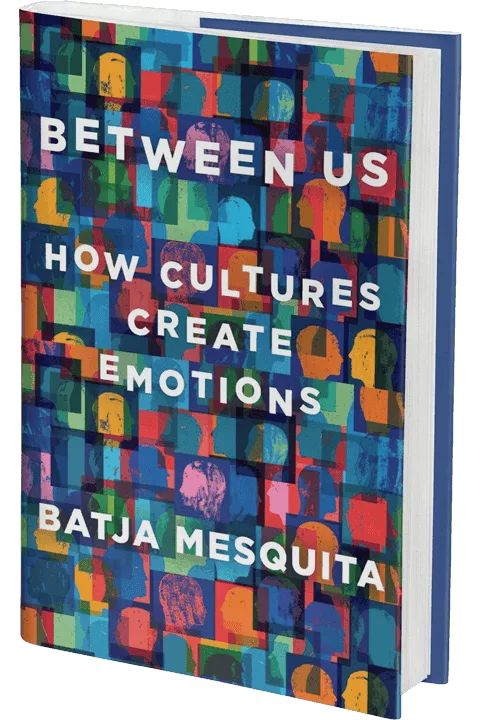hashtagMindAndCulture✅ Shinobu Kitayama (psychologist) explains how the “meaning-making process” is fundamentally social, interpersonal, and above all, cultural.
✴️ “Human brains are cultural artifacts (c.f., Mithen & Parsons, 2008; Taylor, 2006). Brains implement culture, transmit culture, and are wired by culture” (Gendron et al., 2020, p. 188).
🌀 Everyone is born within a cultural tradition, where we are socialized and “trained” to act at best in this socio-cultural environment by learning scripts, conventions, and rites.
✴️ During this process, our brains are “rewired” and reorganized to act correctly and effectively in this cultural milieu (Kitayama & Salvador, 2017).
✴️ Our mind is biologically prepared… it develops and complements itself socio-culturally (Tomasello, 2014).
🔆🔆 Isn’t it a fantastic opportunity to understand the diversity that enriches our cultures?
–> So, for those curious about the subject, I highly recommend the recent book by Batja Gomes de Mesquita…
🔖 🔖 Between Us: How Cultures Create Emotions 🔖🔖
✳️ She explains, for example, how “authenticity,” the way of expressing one’s inner feelings, is a “virtue” in our Western societies but almost nowhere else.
✳️ In much of Africa and Asia, it signifies immaturity.
✳️ On the other hand, “calmness is a favorite emotion in a culture that expects you to put the needs of the group above your own.”
✳️ So this is essentially the norm outside of the West.
REFERENCES :
– Gendron, M., Mesquita, B., & Barrett, L. F. (2020). The Brain as a Cultural Artifact: Concepts, Actions, and Experiences within the Human Affective Niche. In L. J. Kirmayer, C. M. Worthman, S. Kitayama, R. Lemelson, & C. Cummings (Eds.), Culture, Mind, and Brain (1st ed., pp. 188–222). Cambridge University Press.
– Kitayama, S., & Salvador, C. E. (2017). Culture embrained: Going beyond the nature-nurture dichotomy. Perspectives on Psychological Science, 12(5), 841–854.
– Mesquita, B. (2022). Between Us: How Cultures Create Emotions. W. W. Norton & Company.
– Mithen, S., & Parsons, L. (2008). The Brain as a Cultural Artefact. Cambridge Archaeological Journal, 18(3), 415-422.
– Taylor, T. (2006). The human brain is a cultural artefact. The Edge: What is your dangerous idea? Retrieved from https://www.edge.org/response-detail/11835
– Taylor, T. (2011). The artificial ape: How technology changed the course of human evolution (1st ed.). Palgrave Macmillan.
– Tomasello, M. (2014). The ultra-social animal. European journal of social psychology, 44(3), 187-194.
– Uchida, Y., & Kitayama, S. (2009). Happiness and unhappiness in east and west: Themes and variations. Emotion, 9(4), 441–456.




Paul Voestermans